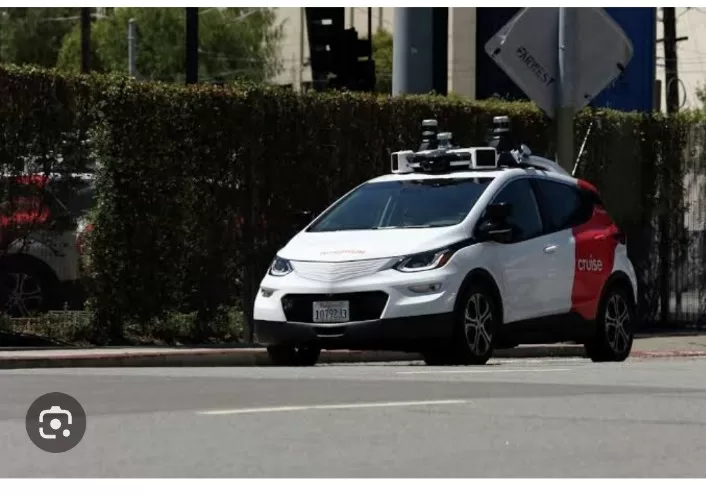In response to a harrowing incident in early October, General Motors’ Cruise autonomous vehicle unit has initiated a recall of all 950 of its self-driving cars for a comprehensive software update. The move comes after a disturbing event in San Francisco, where one of Cruise’s autonomous vehicles was involved in a collision that resulted in the injury of a pedestrian and a subsequent ban by California regulators.
According to documents disclosed by US safety regulators on Wednesday, Cruise is set to implement updated software to ensure that, in the event of a similar incident, its vehicles will remain stationary, prioritizing safety.
The October 2 crash led to the suspension of Cruise’s driverless operations nationwide after California regulators deemed the vehicles posed a threat to public safety. The state’s Department of Motor Vehicles went further, revoking Cruise’s license, particularly concerning its practice of transporting passengers without human drivers in San Francisco.
In the incident, another vehicle with a human driver struck a pedestrian, propelling the individual into the path of the Cruise autonomous vehicle. Although the Cruise vehicle initially halted, it later maneuvered to the right to clear the traffic, inadvertently pulling the pedestrian around 20 feet forward and causing critical injuries.
Cruise has conveyed that the updated software has already been implemented in test vehicles under human supervision. The entire autonomous fleet will undergo the software update before resuming operations.
Despite Cruise determining that a similar crash with a risk of serious injury could occur every 10 million to 100 million miles without the update, the company opted for a comprehensive recall. In a statement, the GM unit emphasized its commitment to continuous improvement and hinted at potential future recalls as their software evolves for enhanced safety.
The company is taking additional steps to address safety concerns, including the appointment of a chief safety officer, hiring a law firm to review its response to the October crash, engaging a third-party engineering firm to identify the technical cause, and adopting companywide pillars focusing on safety and transparency.
Concerns regarding safety issues at Cruise have broader implications for the deployment of fully autonomous vehicles, potentially leading to stronger federal regulation and impacting passenger-carrying services in various cities.
The National Highway Traffic Safety Administration (NHTSA) initiated an investigation in mid-October into four reports indicating that Cruise vehicles may not exercise proper caution around pedestrians. Two injuries, including the October 2 crash, were cited in the complaints.
Cruise explained in documents filed with NHTSA that its automated driving system was designed to pull over and out of traffic in certain crash scenarios to minimize risks and disruptions. However, in specific circumstances, such as a pedestrian in the vehicle’s path, this response was not optimal.
As Cruise addresses these challenges, the autonomous vehicle industry faces heightened scrutiny, emphasizing the need for stringent safety measures in the pursuit of widespread adoption.
By Ap






